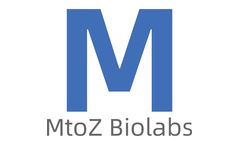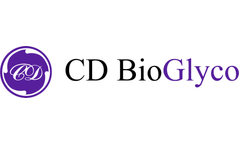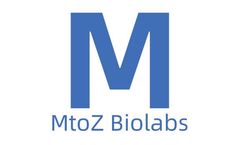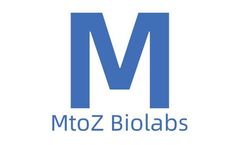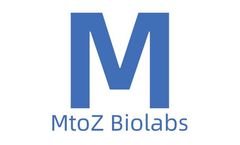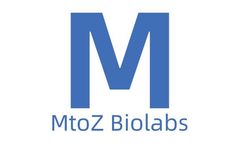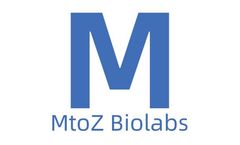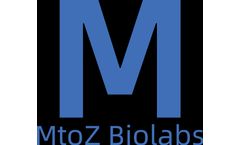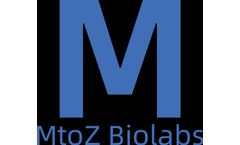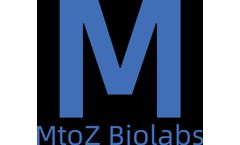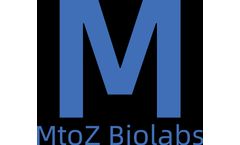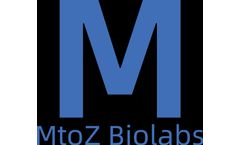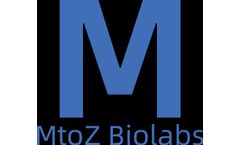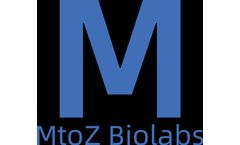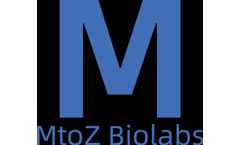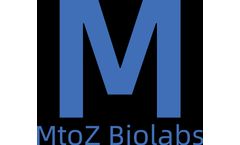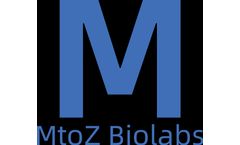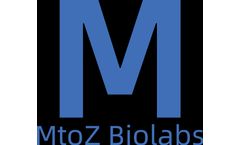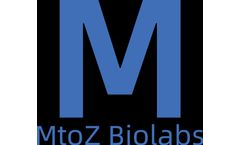Mass Spectrometer Articles & Analysis: Older
94 articles found
Antibody drugs are a kind of drugs that treat diseases through artificially synthesized antibodies, achieving therapeutic purposes by specifically binding with target molecules. Common types of antibody drugs include monoclonal antibodies, artificially synthesized antibody fragments, immunotoxins, antibody-drug conjugates, etc. Antibody drugs have shown remarkable therapeutic effects in the ...
Introduction Microarray printing technology has revolutionized the field of genomics and proteomics, and its application in glycobiology is no exception. Glycobiology, the study of carbohydrates and their biological functions, relies heavily on the ability to analyze large-scale carbohydrate interactions. Microarray printing in glycobiology enables the precise and high-throughput analysis of ...
Recombinant protein vaccines are vaccines produced using genetic engineering technology. The principle is to clone one or several antigen genes of a pathogen into host cells, causing them to express the corresponding antigen protein. These proteins are then extracted for use in the vaccine. These vaccines can effectively stimulate the immune system to respond to specific pathogens, thereby ...
Collagen is a crucial structural protein, widely presenting in human skin, bones, tendons, ligaments, and other tissues. It's essential for maintaining the structural integrity and function of tissues. The measurement of collagen can help researchers and physicians understand the pathological process of related diseases (such as osteoporosis, arthritis, skin aging etc.), and also aid in drug ...
Differentially expressed proteins refer to proteins that show significant changes in their expression levels in different biological samples or under different treatment conditions. Observing such differential expression is crucial for understanding cellular physiology and disease mechanisms. For example, some proteins may be upregulated or downregulated in health and disease states, or between ...
Protein phosphorylation is an important post-translational modification process that involves adding a phosphate group to an amino acid residue in a protein, usually a serine, threonine, or tyrosine residue. Protein phosphorylation plays a key role in regulating various biological processes within the cell, including signal transduction, cell cycle, and metabolism. Therefore, detecting protein ...
Secretory proteins refer to those proteins that are synthesized by cells and secreted to the outside of the cell. They play an important role in many biological processes such as signal transduction, cell communication, immune response, hormone secretion, and so on. These proteins are usually synthesized in the endoplasmic reticulum (ER) of the cell and then transported out of the cell through a ...
HCP (Host Cell Proteins) residual detection is a key quality control step in the field of biopharmaceuticals, aiming at ensuring that the proteins of the host cells used for producing therapeutic proteins in any cell-based production system are maintained at acceptable low levels in the final drug product.ImportanceHCPs are impurities during the production process, which may adversely affect the ...
Glycosylation site detection refers to identifying the location where glycosylation occurs in biomolecules. Glycosylation is a biochemical modification process that involves linking sugar molecules to other biomolecules (such as proteins, nucleic acids, or lipids), thereby affecting their structure and function. Glycosylation plays a critical role in organisms, but it may also be associated with ...
Collagen is the most abundant protein in tissues and organs, and glycated collagen refers to collagen modified by glycosylation. Glycated collagen mainly exists in various tissues in the human body, especially those rich in collagen, such as skin, bones, joints, blood vessels, and other connective tissues.Under normal physiological conditions, glycation occurs as a natural biochemical process, ...
Recombinant protein drugs are therapeutic protein drugs produced using DNA recombination technology or other biotechnologies. Compared to traditional low molecular synthetic drugs, they have the advantages of strong specificity, low toxicity, and significant therapeutic effects. However, as biological macromolecular drugs, recombinant protein drugs also have issues such as short half-life, easy ...
Acetylation detection of a specific protein is a method used to determine whether and where acetylation modifications have occurred on a protein. Acetylation is a common post-translational modification of proteins, typically occurring on lysine residues of proteins, and plays a crucial role in regulating protein function, cell signaling, gene expression, and disease onset. For instance, the ...
Glycosylation impurities are a type of chemical commonly encountered in biochemical, medical, and pharmaceutical chemistry research. The presence of these impurities can affect the efficacy, safety, and stability of drugs. Therefore, the detection and analysis of glycosylation impurities are crucial in ensuring the quality and therapeutic effectiveness of pharmaceutical products.What are ...
Mitochondria are a unique type of organelle present within cells, serving as the primary source of energy within living organisms. They are responsible for several life-sustaining processes, including energy production, reducing free radicals, and maintaining cellular signaling. Proteins within the mitochondria play a key role in these processes.Why Sequence Mitochondrial Proteins?The sequencing ...
Antibody-drug conjugates (ADCs) are a new class of drugs that combine the advantages of both antibodies and small molecule toxins. Compared with traditional cytotoxins, ADCs have the advantages of strong targeting, less toxic side effects, etc. They can accurately target tumor cells, reduce side effects, and improve the therapeutic effect.ADC drugs are mainly composed of monoclonal antibodies, ...
Antibody-drug conjugates (ADCs) represent a groundbreaking class of therapeutics that combine the specificity of monoclonal antibodies (mAbs) with the potent cytotoxic effects of small-molecule drugs. This synergistic approach allows for targeted delivery of the cytotoxic agent to cancer cells while sparing healthy tissues, thereby reducing side effects and enhancing therapeutic efficacy. ADC ...
This technology identifies the diversity and specificity of T cells by measuring the sequences of the rearrangement regions of the TCRβ chain or α chain genes.(1) Sample Preparation: Total RNA or DNA is extracted from blood, tissue, or other samples enriched with immune cells.(2) Amplification: PCR amplification is performed using specific primers for multiple regions of the TCR genes, increasing ...
Collagen, as one of the most abundant proteins in the human body, plays a key role in maintaining the integrity and function of tissue structures. With the development of bioengineering technology, recombinant human collagen (rhCollagen) produced by recombinant DNA technology has been widely applied in various fields such as medicine, cosmetics, and tissue engineering. Therefore, qualitative ...
Ubiquitination is a widely present method of protein modification. It manages its designation, activity, stability, and interaction by marking proteins, playing a crucial role in the regulation of cellular functions and biological processes. Therefore, measuring the ubiquitination level of a protein is significant for understanding its function and regulation mechanism. This article mainly ...
Subsequently, different 5' end structures are identified by liquid chromatography-mass spectrometry (LC-MS), and the capping rate is calculated.(2) CharacteristicsHigh resolution and accuracy; but this method requires high quality and purity of the sample, and is easily affected by enzyme activity. It is not suitable for some complex and easily degradable samples.3. ...

